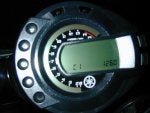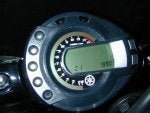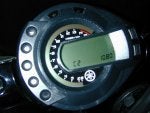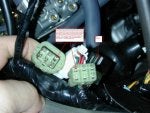It's been a while since I last posted on this topic.
Background:
(Swiped from R6Messagenet.com - How-to: Richen or lean mixture without a power commander!)
What I've Found:
C1 controls the CO adjustments for cylinders 1 and 4
C2 controls the CO adjustments for cylinders 2 and 3
Ranges from +128 to -126 in increments of 1
Here is a link to a site that has done dyno graphs of changes made to the CO levels of an R6 Regolazione CO su centralina R6 2003
I don't know if anyone will want to read all this crap, but I needed some other opinions on what I have researched so far. isson
isson
Later and more to come,
Zeb
Background:
(Swiped from R6Messagenet.com - How-to: Richen or lean mixture without a power commander!)
What I've Found:
C1 controls the CO adjustments for cylinders 1 and 4
C2 controls the CO adjustments for cylinders 2 and 3
Ranges from +128 to -126 in increments of 1
Source --> Changing the FJR's CO Settings
Background on above-- > http://www.superbikeplanet.com/2003-Sep/030909fz1.htm
Here is a link to a site that has done dyno graphs of changes made to the CO levels of an R6 Regolazione CO su centralina R6 2003
I don't know if anyone will want to read all this crap, but I needed some other opinions on what I have researched so far.
Later and more to come,
Zeb










